Many menopausal women or those approaching in perimenopause, are suggested to take or add phytoestrogens to the diet to reduce many symptoms experienced in menopause. But what are phytoestrogens? And why would they help? What are the benefits? Are there any side effects? All good questions I hear you say!
Phytoestrogens are plant compounds are very similar in structure to the estrogen that we naturally make in our bodies. This similarity to our own natural estrogen can prove helpful, as it means the ingested phytoestrogens can ‘mimic’ natural estrogen and bind to the receptors on the cells, just as natural estrogen would.
There are several phenolic compounds or ‘families’ of phytoestrogens and the most well-researched ‘family’ are the isoflavones. You may have heard of the 2 major isoflavones genistein and daidzein? Isoflavones are found most abundantly in soybeans and in the herb red clover (Trifolium pratense), but also in greens beans, alfalfa sprouts, mung beans, chickpeas and peanuts, soy products, like tofu.
Why is there conflicting evidence about phytoestrogens?
Hundreds of studies have been done on phytoestrogens and menopause. There are been differing results, some for the inclusion, some saying it will not help. The reasons studies show mixed results maybe; the placebo effect (if you think something will work it very well may. So the effect of anything, any medicine, has to be greater than 25% or it is regarded as a placebo effect), one dietary measure cannot help everyone reduce all symptoms, differing amounts were given, so some studies were done on women who didn’t have a higher enough dose to produce a result, some studies did not go for long enough (herbal medicine and dietary changes generally take longer than pharmaceuticals to have an effect).
There was a meta-analysis, the largest collection of studies on this issue, conducted in 2013 that found hot flushes were reduced with the consumption of phytoestrogens. A further Cochrane review (a review on the meta-analyses) found, specifically that genistein was responsible for the beneficial effects.
Other data in the studies, while not conclusive found positive effects on sleep, vaginal dryness, bone density, memory and improving cholesterol profiles. The risk profile of these plant-based compounds is also good, meaning that there is not a greater risk of breast and endometrial cancers (this again has studies that differ in their opinions on soy possibly increasing cancer risk in those with a strong family history or women who have had an oestrogen driven cancer).
How much do I need to have a day?
The Cochrane review found genistein, the compound in phytoestrogens, was effective in reducing the frequency, especially in those having more than 5 flushes daily, and in some cases, the severity, of hot flushes, at doses ranging from 30 to 60 mg per day. Another study found that 2 slices of bread containing 25gm of flaxseed daily after 3 months decreased the frequency of hot flushes. Below is a table outlining how much you have to eat to obtain the required amount of genistein daily.
Name of the plant containing phytoestrogens Genistein content of this food
½ cup of miso soup 1161.3 gm genistein
1 tablespoon soy sauce -17 gm genistein
¼ cup tempeh 3755.4 gm genistein
¼ cup soy beans (edamame) 1236 gm genistein
¼ cup tofu 5456 gm genistein
250ml soymilk 4649 ml genistein
¼ cup hummus 5.7 gm genistein
¼ cup mung bean sprouts 25.7 gm genistein
¼ cup almonds 5.3 gm genistein
¼ cup flaxseeds 74 gm genistein
Above is a varied list of foods containing phytoestrogens and more importantly genistein. With up to 75% of menopausal women experiencing hot flushes, some simple dietary changes, that do not have noted side effects, could be part of the overall plan to ‘transition with grace’.
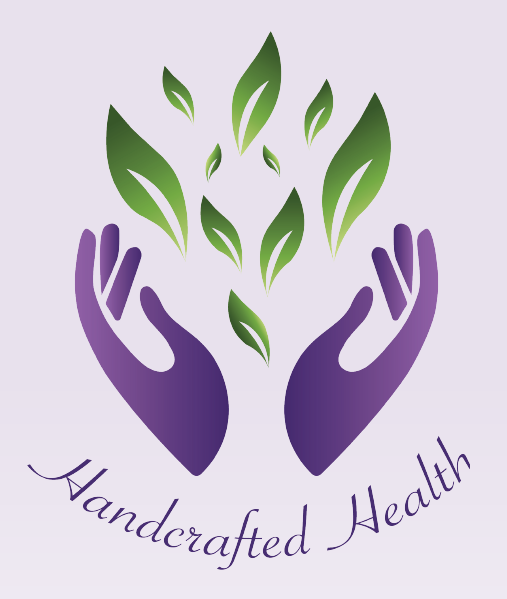
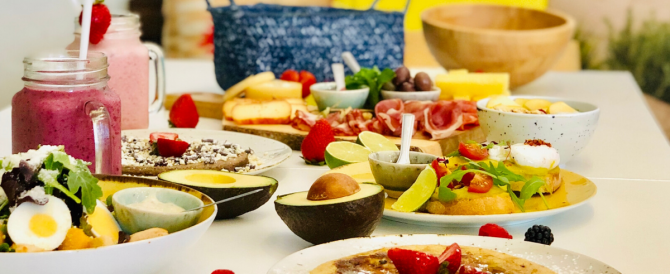

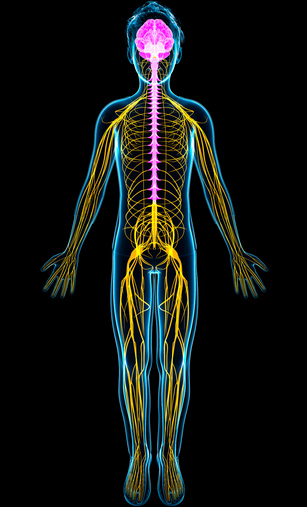
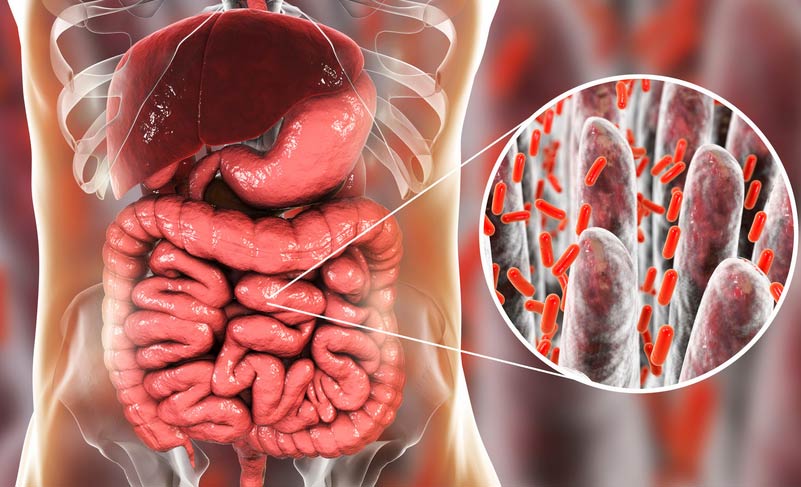
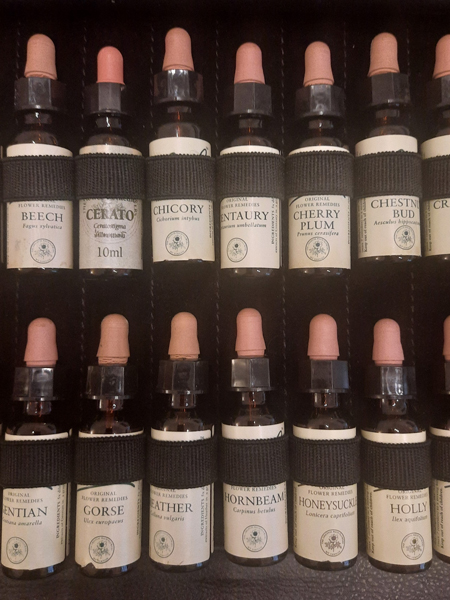
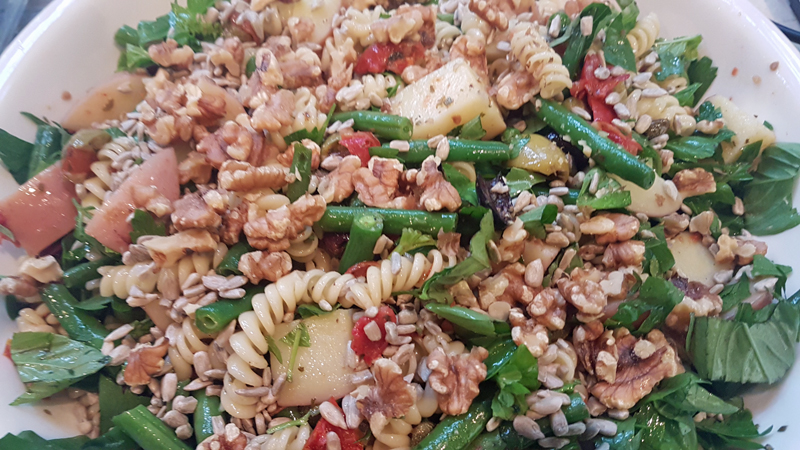
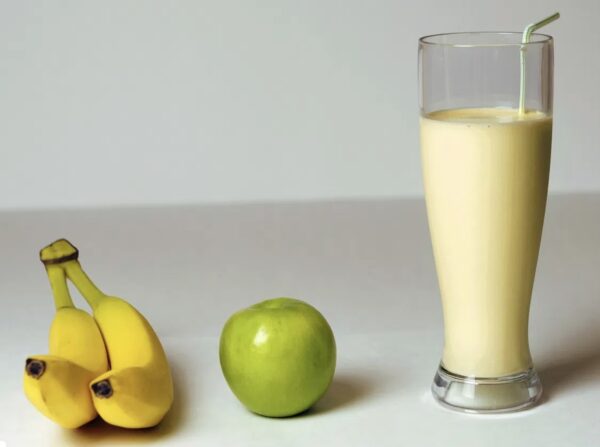
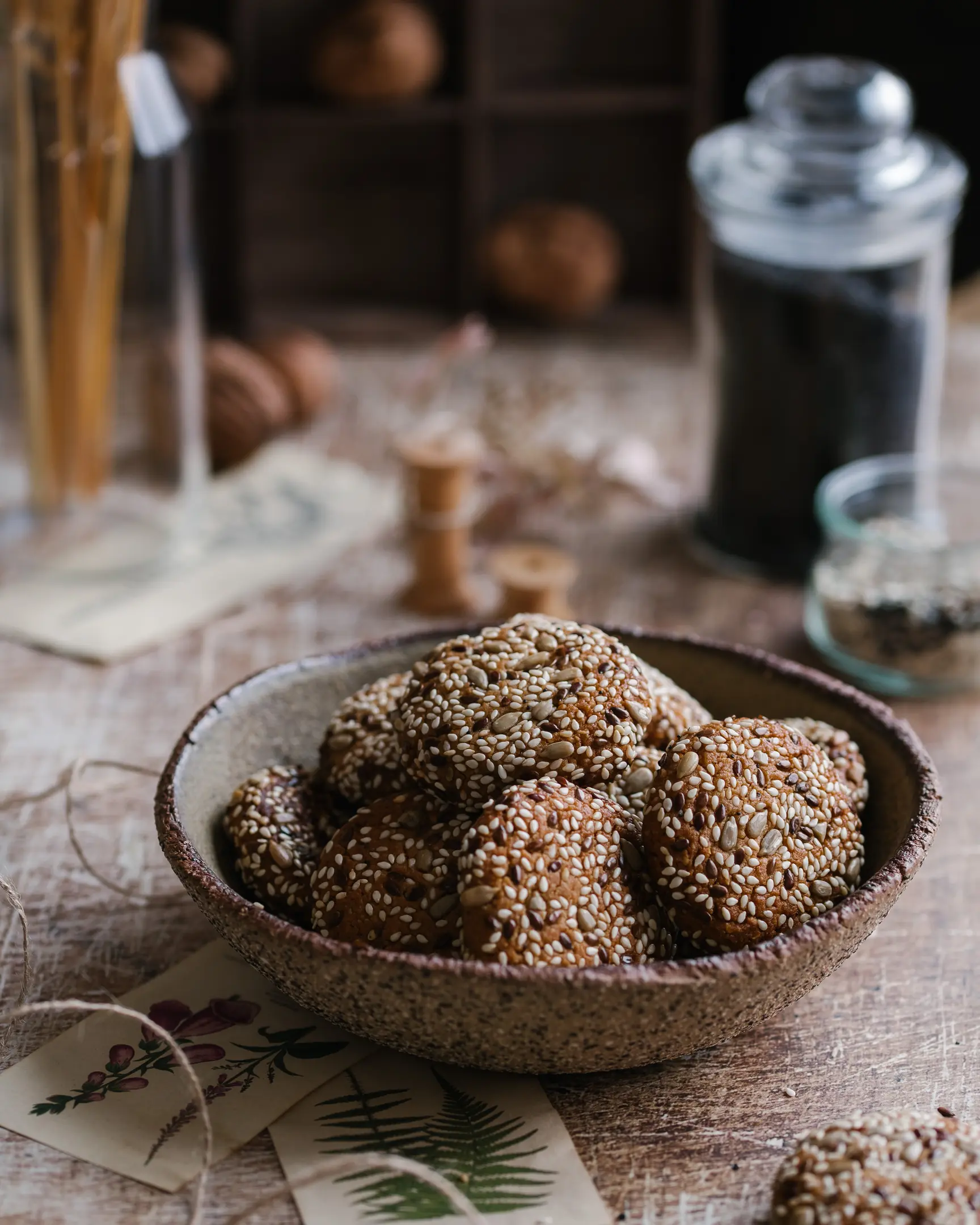
0 Comments